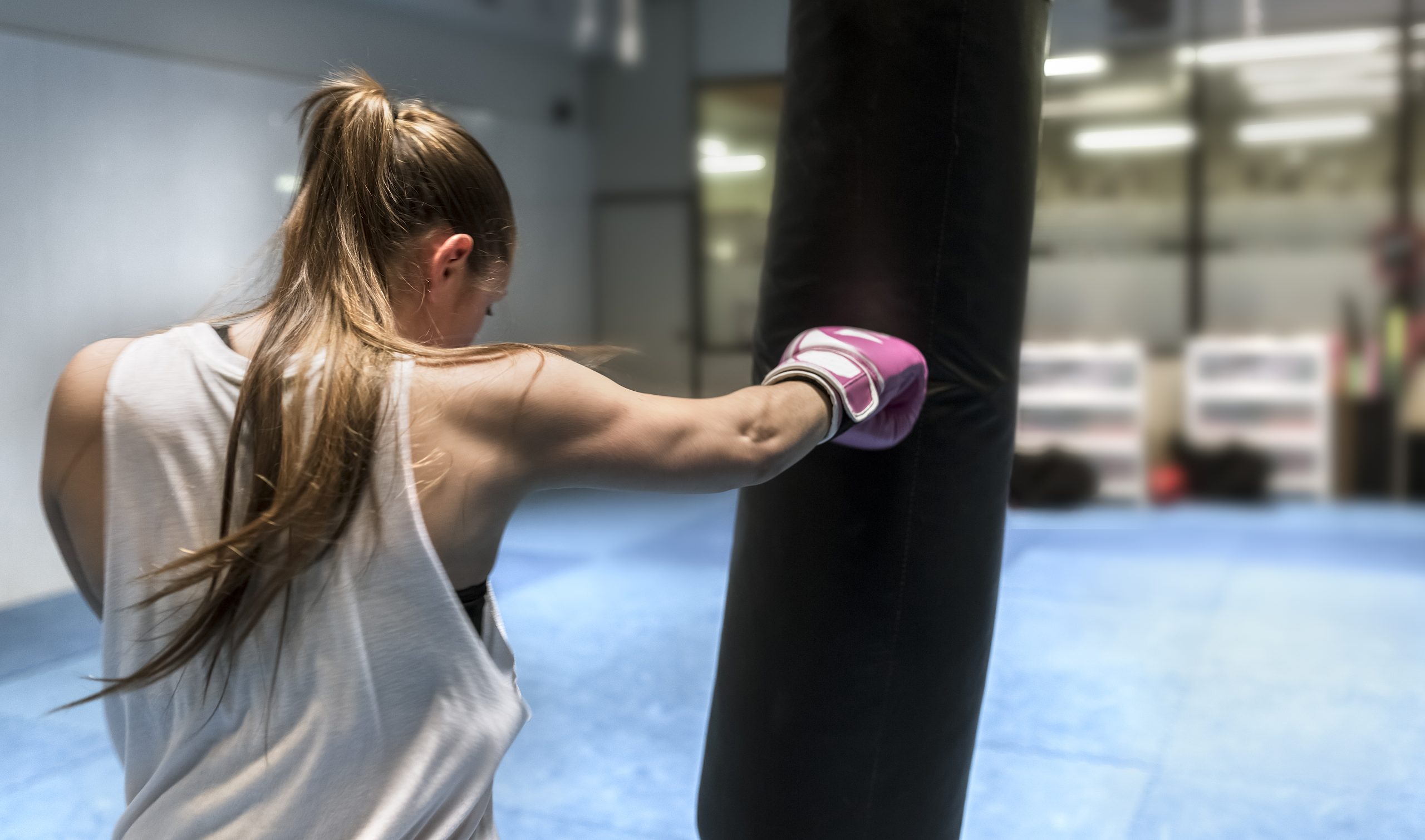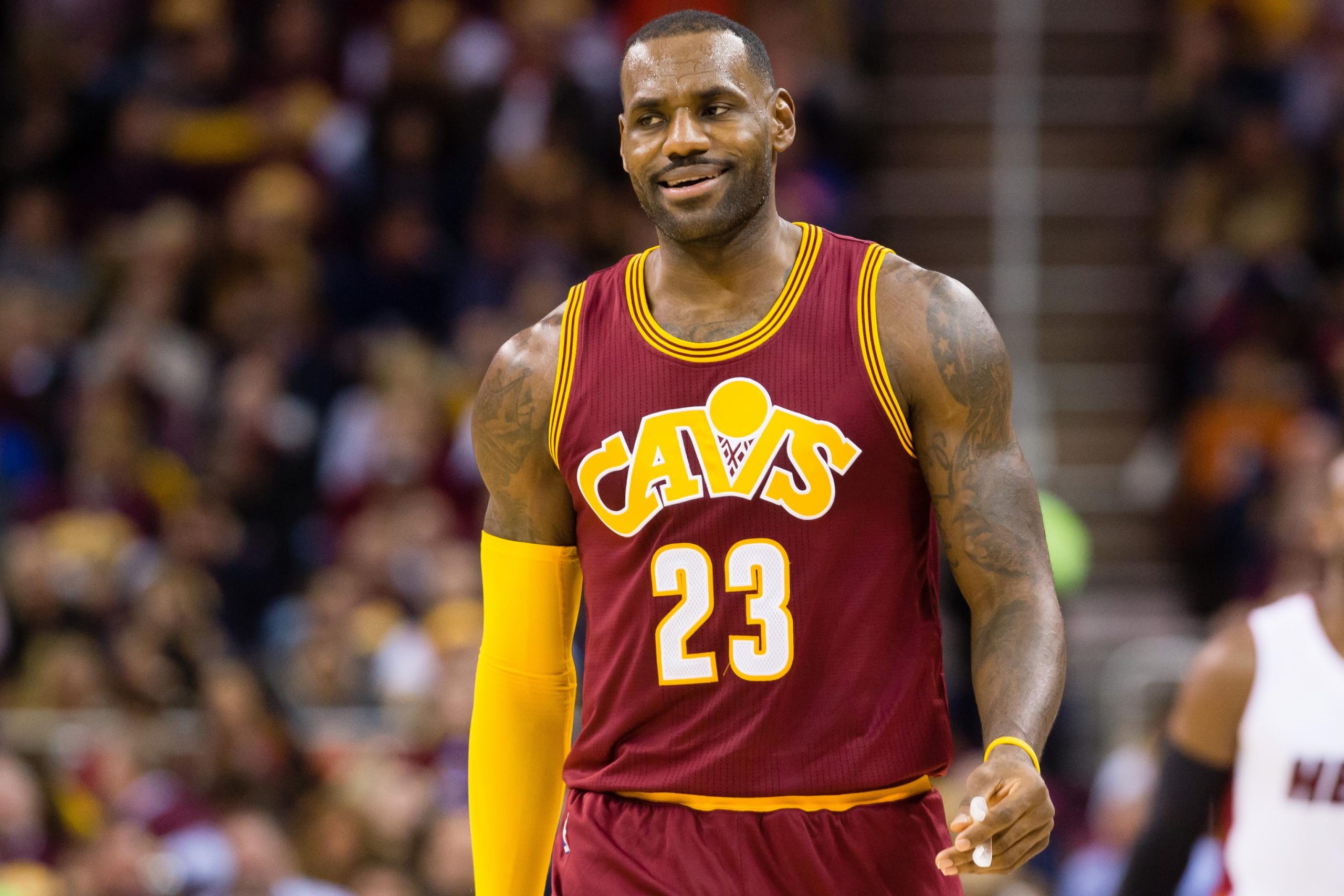Injury Risk in Boxing
Injury risk in boxing is a major concern for athletes, medical professionals, and spectators. Studies have shown that repeated blows to the head can cause permanent brain damage, leading to serious neurological deficits such as memory loss, confusion, and poor coordination. In addition to the physical risks of boxing, participants may also suffer psychological effects such as post-traumatic stress disorder or depression due to their involvement in a violent sport.
Professional boxers are especially at risk of injury due to the high level of contact involved in each bout. Protective gear such as headgear and gloves can reduce some of these dangers but cannot prevent all injuries from occurring. Amateur boxers should take extra precautions when participating in boxing matches by wearing appropriate safety equipment and consulting with medical professionals before each bout.
The danger associated with boxing is an important issue that should be taken seriously by all involved parties. Boxers need to understand the risks associated with this sport before deciding whether or not it is right for them. Boxing carries significant potential dangers; however, if practiced responsibly it can be a safe and rewarding activity for participants of all ages.

Head Injuries
Head injuries are one of the most common and serious injuries seen in professional boxing. As a result of repeated blows to the head, boxers are at risk for concussions and traumatic brain injury (TBI). Symptoms caused by these head injuries can range from confusion and memory loss to headaches, depression, anxiety, For and even death. In order for the boxer to avoid long-term damage, they need to take extra precautions when entering the ring. This includes wearing protective gear such as headgear or mouthguards as well as consulting with medical professionals before each bout. Unfortunately, even with these precautions, there is still a risk of sustaining permanent brain damage from repeated blows to the head in professional boxing. Boxers must understand the potential consequences before engaging in this sport.
Minor Injuries
Minor injuries are an unfortunate but common part of boxing. This includes bruises, cuts, scrapes, and broken bones. While these injuries may not seem as serious as head trauma, they can still have a major impact on the boxer’s performance and well-being. To minimize the risk of minor injury, boxers should take extra precautions such as wearing proper hand wraps, and protective gear and avoiding contact with their opponent’s head or face. Additionally, participants in boxing matches should be aware of their environment and the potential dangers within it; for example, slipping on sweat or debris in the ring could result in an unexpected fall that could lead to a minor injury. With knowledge and safety measures in place, boxers can reduce their chances of sustaining minor injuries while engaging in this sport.
Eye Injuries
Eye injuries are a common occurrence in boxing and can range from minor to severe. A few of the most common eye injuries include bleeding inside the eye, detached retina, and corneal abrasion. The most serious of these injuries can cause blindness or permanent vision damage. To reduce the risk of eye injury, boxers should wear protective gear such as protective eyewear, headgear, and face shields. Additionally, fighters should be aware of their opponent’s punches and defensive techniques; for example, if a boxer is using their hands to guard their face they may inadvertently block an incoming punch with their eyes instead. If a fighter does sustain an eye injury during a match they should immediately seek medical attention to assess the extent of the damage and prevent further complications. By taking proper precautions and being aware of potential risks, boxers can minimize their chances of sustaining long-term damage to their eyes while participating in this sport.
Long-Term Effects
The long-term effects of boxing can be far-reaching and devastating. Studies have shown that professional boxers are at an increased risk for developing permanent brain damage due to the number of blows they experience over time. This damage can manifest in the form of memory loss, impaired cognitive function, and reduced coordination. Furthermore, repeated concussions resulting from blows to the head can lead to neurological disorders such as Parkinson’s disease or dementia. Additionally, boxers may experience a variety of physical health problems including hearing loss, chronic pain, arthritis, and cardiovascular issues. The medical community is in agreement that these risks should not be taken lightly and safety measures must be taken before engaging in this sport. By investing in protective gear and monitoring their training regimen closely, professional boxers can reduce their chances of experiencing the long-term consequences associated with boxing.
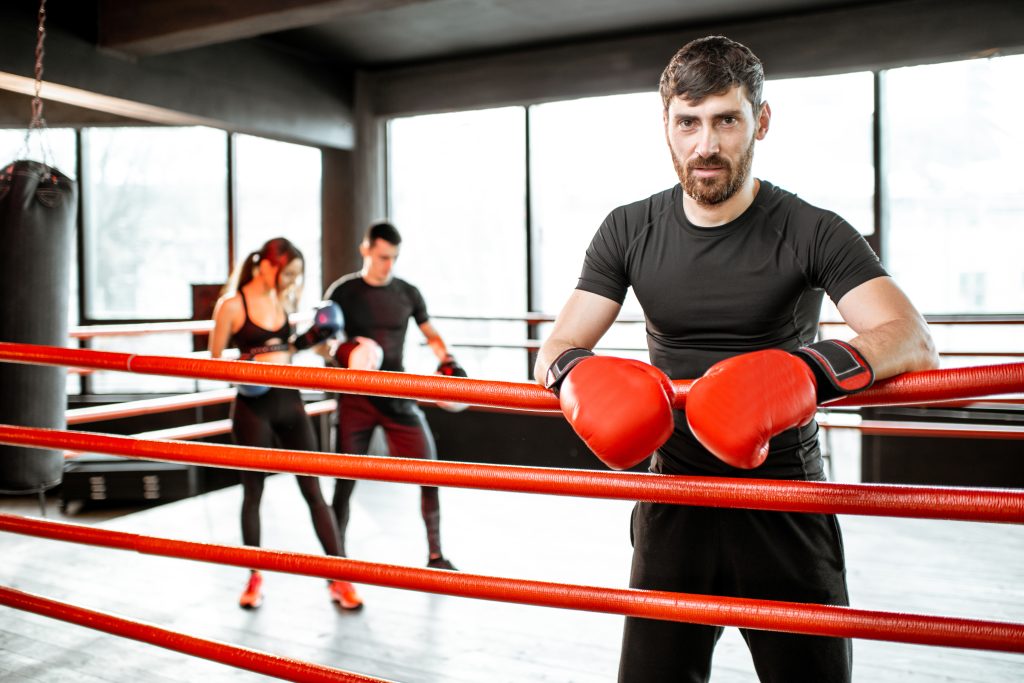
Causes of Injury in Professional Boxing
Professional boxing is a high-contact sport with the potential for serious injury. The most common injuries in professional boxing are concussions, lacerations, and broken bones. A concussion occurs when a boxer receives a blow to the head that causes the brain to move inside the skull, producing a range of symptoms including confusion, dizziness, nausea, and fatigue. In response to this type of injury, medical personnel must ensure that the boxer is medically cleared before they are allowed to return to competition. Lacerations can be caused by punches or elbows during matches and often require stitches to properly heal. Broken bones occur when a boxer takes too many powerful blows or when they land incorrectly on the canvas. As such, boxers need to invest in protective gear such as headgear and mouthguards to reduce their chances of suffering from these kinds of injuries. By taking these steps, professional boxers can minimize the risk of serious injury while competing in this sport.
Professional boxing is a contact sport, and there is no denying the potential for injury. However, with the right protective gear and training equipment, boxers can reduce their risk of serious injury while still enjoying the sport they love. Coming up next, we’ll explore how a lack of protective gear and training equipment can be detrimental to a boxer’s health.
Lack of Protective Gear and Training Equipment
Many boxers fail to adequately protect themselves while they compete in the sport of boxing. Without the proper protective gear and training equipment, a boxer is prone to serious injury. Not wearing protective headgear can lead to concussions, which are associated with serious long-term damage to the brain. Additionally, without proper gloves and hand wraps, boxers can suffer lacerations and broken bones due to the force of their punches. Lack of proper training equipment, such as heavy bags and speed bags, can also lead to injury due to the lack of conditioning this type of equipment provides.
To reduce the risk of injury in professional boxing, boxers need to invest in quality protective gear and training equipment. Wearing headgear can help protect against head injuries such as concussions and brain damage; gloves and hand wraps protect lacerations; and good quality training equipment helps condition boxers for competition. By investing in these items, professional boxers can minimize the risk of suffering from an injury while competing in this dangerous sport.
High-Impact Blows to the Head and Body Poor Conditioning and Hydration Practices
These blows can lead to concussions, broken bones, and internal bleeding. Without adequate protective gear and training equipment, it is even more likely that a boxer will suffer a serious injury due to the force of these high-impact blows. Poor conditioning and hydration practices can also contribute to an increased risk of injury. Boxers who are not adequately conditioned or hydrated are more susceptible to injuries due to fatigue during competition. It is important for boxers to properly condition their bodies with exercise and nutrition to reduce the risk of suffering from an injury while competing in this dangerous sport. Additionally, boxers should always wear protective gear such as headgear and gloves to minimize the risk of serious injury due to high-impact blows.
Unsanctioned or Amateur Fights with Fewer Rules
Unsanctioned or amateur fights are often held in unregulated and unsafe environments, with few rules and no medical staff present to provide aid if needed. Without the proper safety regulations in place, these fights can be extremely dangerous for the participants. In addition to the risk of suffering from serious injury due to high-impact blows, boxers may also face a greater risk of permanent brain damage due to a lack of protective headgear. Furthermore, amateur fights are not subject to the same regulations that sanctioned professional bouts must adhere to protect the fighters. Without adequate supervision or regulation, illegal activities such as doping and rule-breaking can occur, further increasing the risk of injury for those involved. Amateur boxing is a dangerous sport and should only be undertaken by individuals who understand all risks associated with it and have taken proper safety measures.
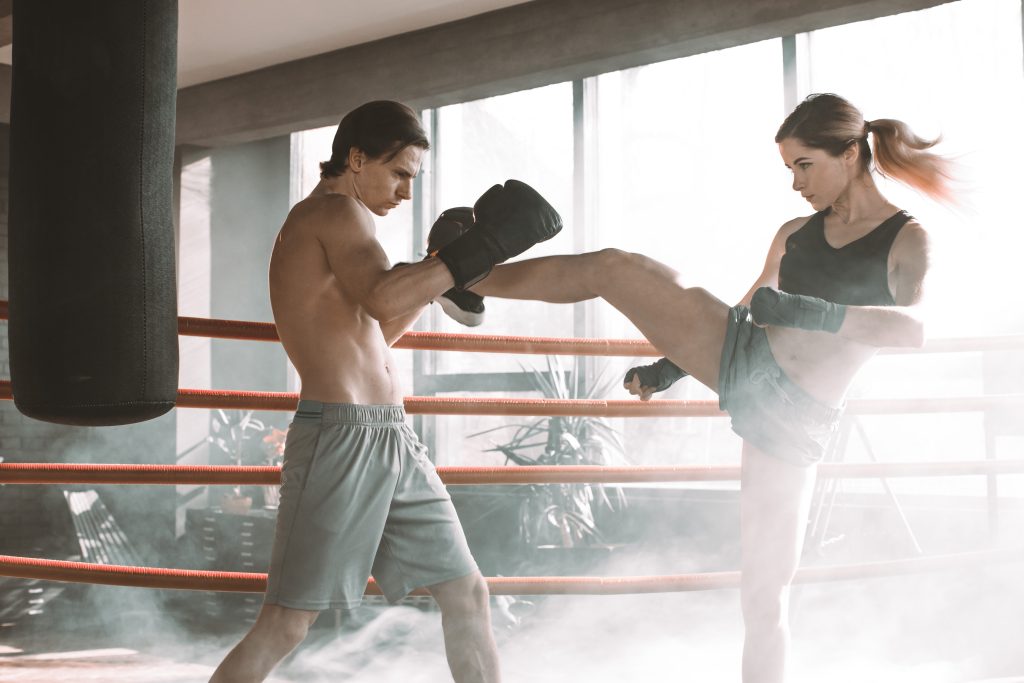
Prevention Strategies For Injury in Professional Boxing
Prevention strategies for injury in professional boxing are an important part of ensuring the safety of boxers while they are in the ring. Boxers must take every precaution to reduce their risk of serious injury or death, such as wearing protective gear and proper training before fights. Professional organizations should also implement rules that ensure maximum safety during a fight, such as strict enforcement of weight classes and limitations on blows to the head. Furthermore, organizations should invest in medical resources that can quickly respond to any injuries that occur during a fight.
It is also essential for boxers to be aware of the potential long-term consequences associated with boxing-related brain injuries. This includes understanding the various symptoms associated with concussion, such as headaches and difficulty concentrating. It is also important for boxers to receive regular medical checkups from qualified professionals who can detect any signs of neurological damage before it becomes too severe.
To minimize injury and maximize safety, boxers must understand the dangers associated with professional boxing and take all necessary precautions before entering the ring. By following these prevention strategies, boxers can reduce their risk of serious injury or even death while still enjoying a thrilling sport.
Professional boxing is a thrilling sport that requires dedication and skill, but it is also important for boxers to take all necessary precautions to minimize their risk of serious injury or death. By following these prevention strategies, we can ensure the safety of both boxers and spectators alike. As we move forward, the next step is to further improve protective gear as well as increase awareness about the long-term consequences associated with brain injuries.
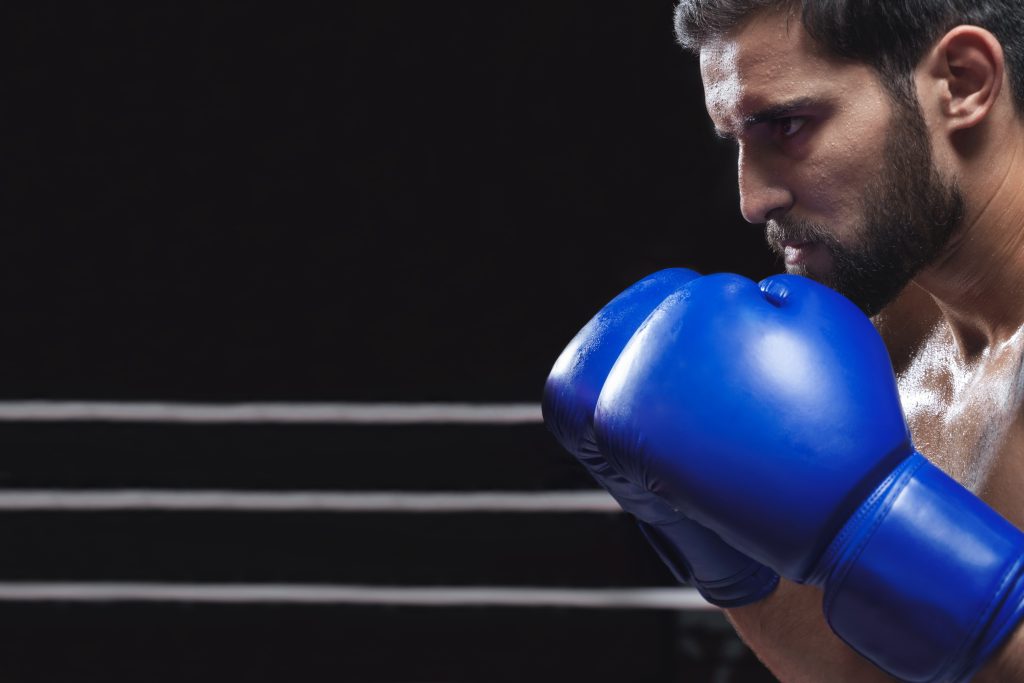
Improved Protective Gear
Improved protective gear is essential in reducing the risk of serious injury and death in professional boxing. Headgear, mouthguards, and gloves should all be designed to absorb blows and reduce the impact on the boxer’s body. Furthermore, organizations should invest in materials that can better protect the boxer’s head from punches and kicks, such as helmets and face shields. In addition, medical staff should always be present at each fight to provide immediate care for any injuries that may occur.
By investing in improved protective gear, we can ensure that boxers have the best possible protection when they enter the ring. This includes more lightweight materials that offer a greater degree of flexibility while still providing adequate protection from blows. Improved protective gear is also essential for boxers who are vulnerable to brain damage due to repeated blows to the head. By investing in improved equipment, we can help minimize these risks and ensure greater safety for both boxers and spectators alike.
Regular Medical Checkups for All Boxers
Regular medical checkups for all boxers are essential to ensure that they can remain safe and healthy during their bouts. Medical professionals should always be on-site at each fight to monitor the boxer’s health and well-being before, during, and after the match. These checkups should include physical exams as well as neurological assessments to look for any signs of a concussion or other head trauma that may have been sustained in the ring. Additionally, regular blood tests should also be conducted to help detect any underlying medical issues that could put the boxer at risk of more serious injury if left untreated.
By conducting regular medical checkups, we can ensure that boxers can compete safely and with confidence. It also allows for early detection of any potential health concerns that could otherwise go unnoticed. Furthermore, having a reliable team of medical professionals present at fights gives both boxers and spectators greater peace of mind knowing that an experienced doctor is on hand to provide prompt care if needed. Regular checkups are therefore an important part of maintaining safety in boxing and should be encouraged by all organizations involved in the sport.
Conclusion
In conclusion, boxing can be a dangerous sport, but with the right precautions, it can also be an V. By requiring regular medical checkups and using protective gear, boxers can stay safe and enjoy their time in the ring. Additionally, organizations should ensure that all boxers are aware of the potential dangers of taking part in this contact sport and provide them with education on how to reduce the risks associated with it. With these measures in place, both professional and amateur boxers will be able to enjoy all that this exciting sport has to offer while remaining safe and healthy.







